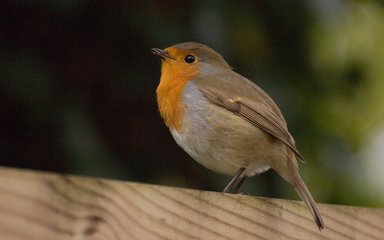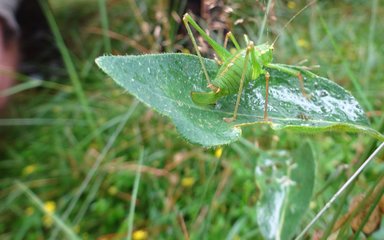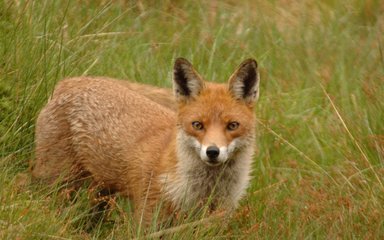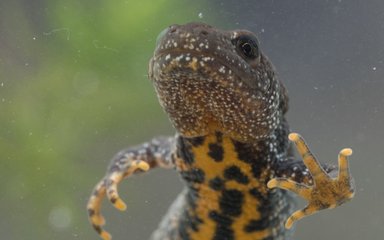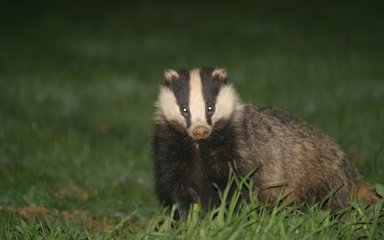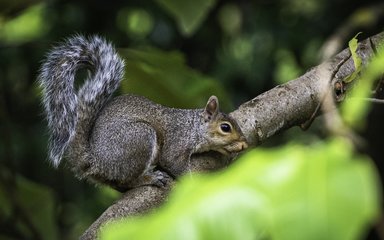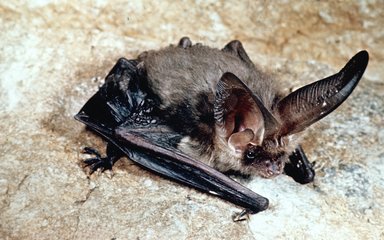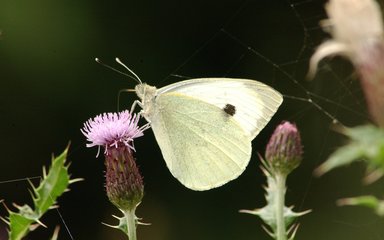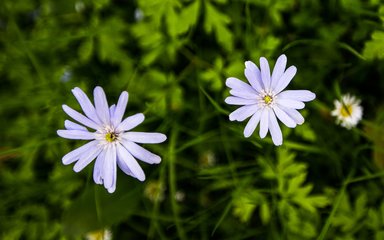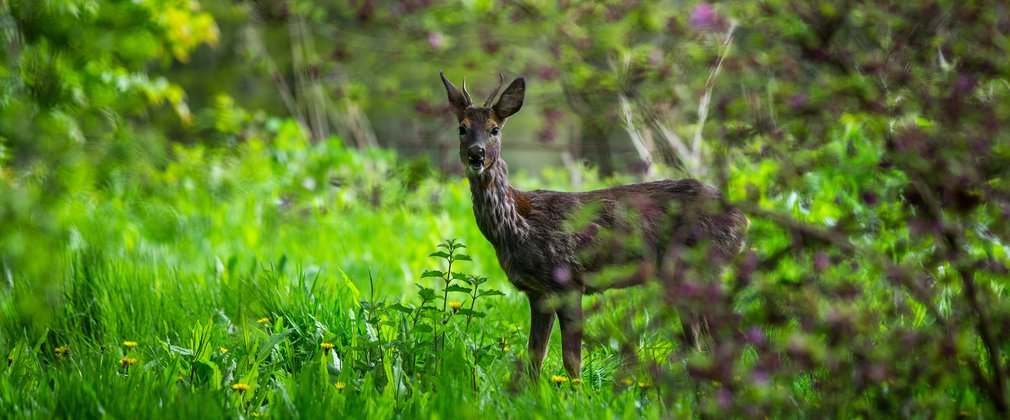

The trees and wildlife
As custodians of a globally important collection of amazing trees, we have a duty of care and responsibility to protect these trees. We also carefully manage the natural environment here, to promote a wide variety of biodiverse habitats that help our flora and fauna species to thrive.
In line with standard woodland management practices, this does mean that we need to control certain mammals, who have no natural predators of their own. In particular, grey squirrels and deer can cause severe damage to many of our extremely rare and threatened tree species, by browsing and stripping the bark. Damage to bark and the trees vascular system is like an open wound, which makes a tree more susceptible to infections and sadly can ultimately result in the loss of the tree.
This management is part of a bigger plan, which brings conservation, biodiversity and protecting the future of trees together.
Unfortunately, although Westonbirt is a beautiful place, there are still threats to wildlife.
One threat we face is the climate crisis, causing changes with flora and fauna. Trees are flowering in winter, which means the pollinators don't have access in spring and animals are behaving out of sync with the seasons; we've even seen squirrels pregnant in December.
Another threat is invasive species such as Muntjac deer and grey squirrels, both of which are damaging to our woodlands as they have no natural predators and feed on trees and vegetation. Pests and diseases, such as ash dieback disease, are also invasive species and unfortunately, when we have to fell the trees due to pest and disease, it can take out whole ecosystems.
Dogs can also be a threat to wildlife here at Westonbirt. We have an amazing amount of responsible dog owners, bringing their dogs for socialisation and physical exercise to Silk Wood. However, we have had a few incidents of dogs attacking wildlife. If your dog is known to chase and hurt wildlife, we'd ask that you keep them on a lead to prevent this as we all have a duty of care to the wildlife around us, including our four-legged friends. This is particularly important during spring when a high number of vulnerable newborn and younger wildlife is moving within the arboretum. Remember all dogs off lead at Westonbirt should be visible at all times and under close control.
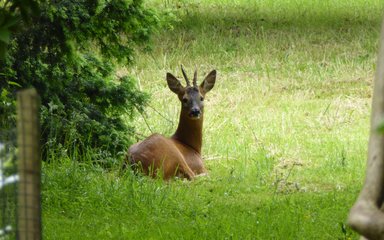

Future plans for wildlife
With our new wildlife and conservation ranger Ross, we will be able to dive much deeper into the wildlife world at Westonbirt.
Ross has big plans for monitoring the wildlife and making changes to or creating new habitats that are needed to encourage more species to take up residence here, as well as helping the current species.
Even the way we plant has a benefit to wildlife. With the Silk Wood Community Planting Project, the woodland management can create woodland rides that will allow for different habitats that can benefit wildlife for hundreds of years.
Want to help us monitor the species here? Head to iNaturalist and upload any sightings of wildlife at Westonbirt!

